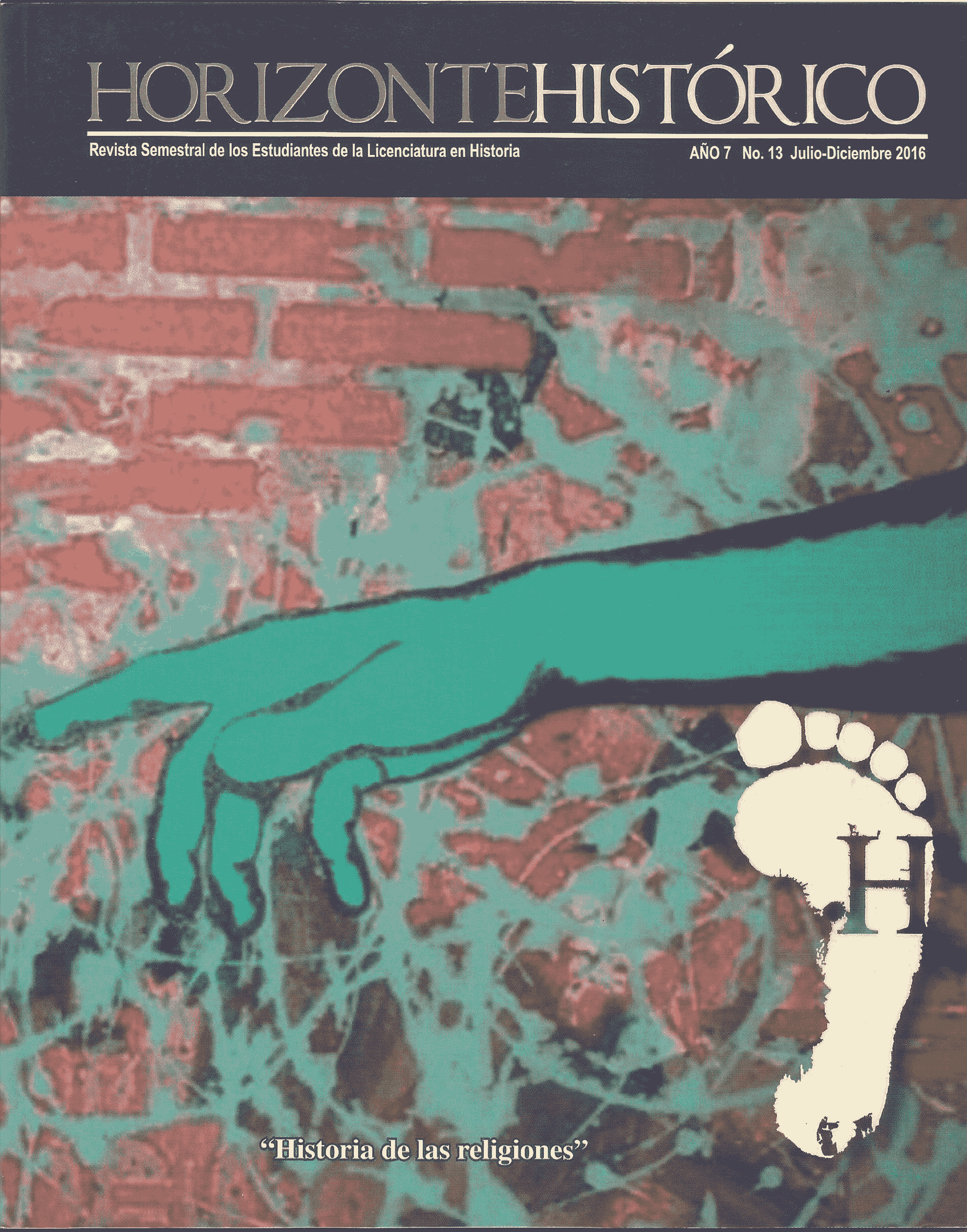Kukai and the nanshoku tradition in Shingon Buddhism. Brief essay on the influence of nanshoku on the culture of the floating world
DOI:
https://doi.org/10.33064/hh.vi13.1468Keywords:
Shingon Buddhism, contributions, artAbstract
The appearance of Shingon Buddhism in Japan occurred when Nara was the capital, but with Emperor Kammu, the vision of this religion changed. It was in this context that Kukai appeared, who after his meeting with Hui-Kuo, brought Shingon Buddhism to Japan. In this article we talk about Kukai, the way his school was formed, how he spread his knowledge, and how his influence even reached art, as he played an important role in the development of homosexuality in this country, and was taken up in various manifestations, such as theater, literature, and dance.
Downloads
Downloads
Published
How to Cite
Issue
Section
License
Those authors who have published with this journal, accept the following term:
The copyright of any article in Horizonte Histórico belongs to the author(s). As a condition of publication, authors agree to release their copyright under a shared license, specifically the Creative Commons Attribution-NonCommercial-NoDerivativeWorks 4.0 International license.











